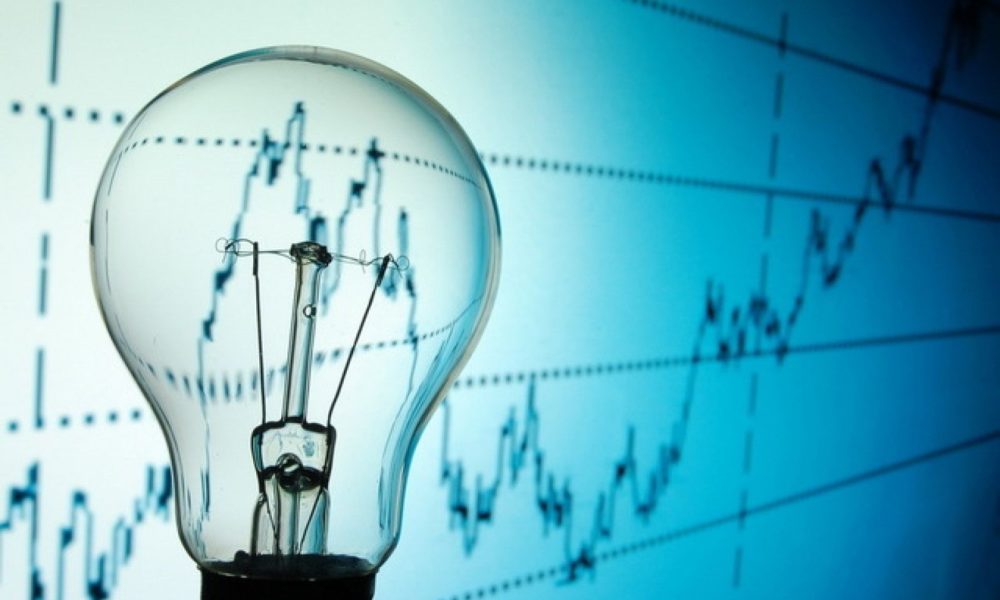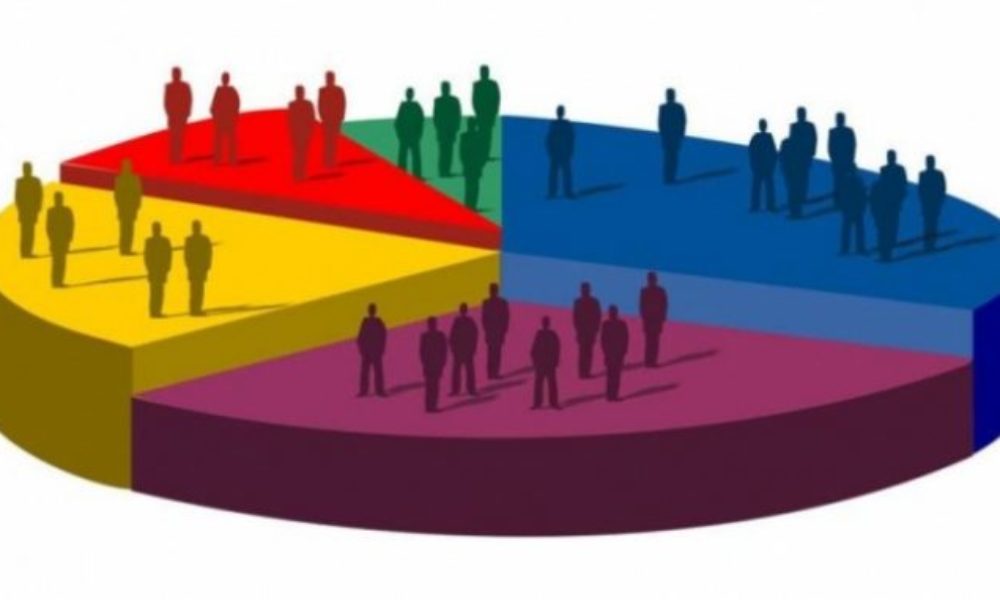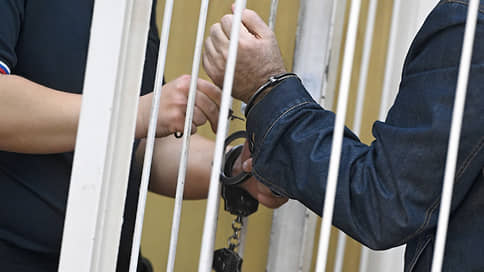Negative energy prices for the third consecutive business day

Today, April 30, 2025, the Romanian electricity market will again register negative prices, thus marking the third consecutive day with this phenomenon.
Usually, negative prices appear on weekends or holidays, when energy consumption is lower, and energy production, majority from photovoltaic sources, exceeds market requirements.
A new phenomenon on working day
On Monday, April 28, 2025, Romania registered the first working day with negative prices in the market for the second day (PZU), a historical event for the energy market in the country. The situation was repeated on Tuesday, April 29, and today, on Wednesday, April 30, negative prices are again confirmed by the data provided by the market operator, OPCOM. In the hourly intervals 12:00 – 16:00 (CET hour), the electricity prices were negative, reaching a minimum of minus 31 lei/MWh at 14:00.
Despite this phenomenon, the average prices for the entire day will be 406 lei/MWh.
Imports of energy from the European market
The phenomenon of negative prices was amplified by the coupling of Spot markets, which allowed Romania to import electricity from western networks. Thus, in the hours with negative prices, Romania imported energy from Hungary with a maximum of 2,300 MW at 4:00 pm (CET). Also, at the same time intervals, the country exported energy to Bulgaria, with a maximum of 1,400 MW at 3:00 pm (CET hour).
Impact and challenges
Considering that the period of the holidays on May 1 and the extended weekend follows, it is expected that the negative prices will continue in the next few days. Moreover, the phenomenon of negative prices appeared much earlier this year compared to last year, when such incidents were recorded especially in the summer months.
Last year the European Union registered over 1,480 cases of negative prices on the spot markets, and this phenomenon is not isolated only in Romania, but affects several markets in Europe.
An alarm signal for the energy market
Energy specialists warn that the phenomenon of negative prices is a clear signal that the European energy system, but also the Romanian, requires investments in infrastructure and flexibility solutions. The Acue Federation, which represents the interests of companies in the distribution and supply of energy, emphasizes that if negative prices become a frequent tendency, major difficulties for investors and energy security may occur. In addition, this situation could cause a decrease in the profitability of the power stations that ensure the balance of the network, such as hydro, on natural or nuclear gas.
Without adequate energy storage and demand management solutions, the energy market risks becoming more and more unpredictable. This could lead to increased prices volatility and, in the long run, increase in consumers’ costs.
In conclusion, although negative electricity prices may seem beneficial for short -term consumers, the phenomenon raises question marks on the long -term sustainability of the energy system. Investments in smart storage technologies and demand management become imperative to ensure a stable and balanced market.








